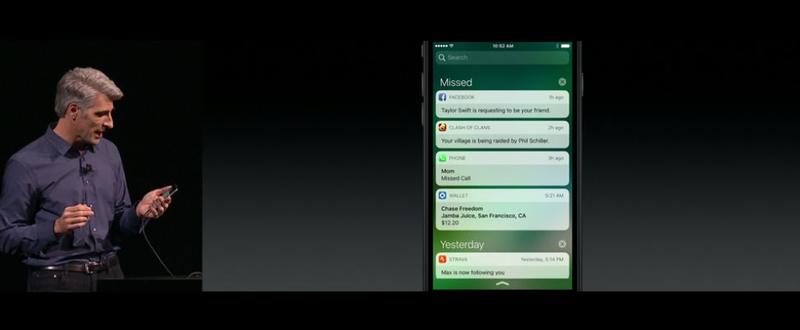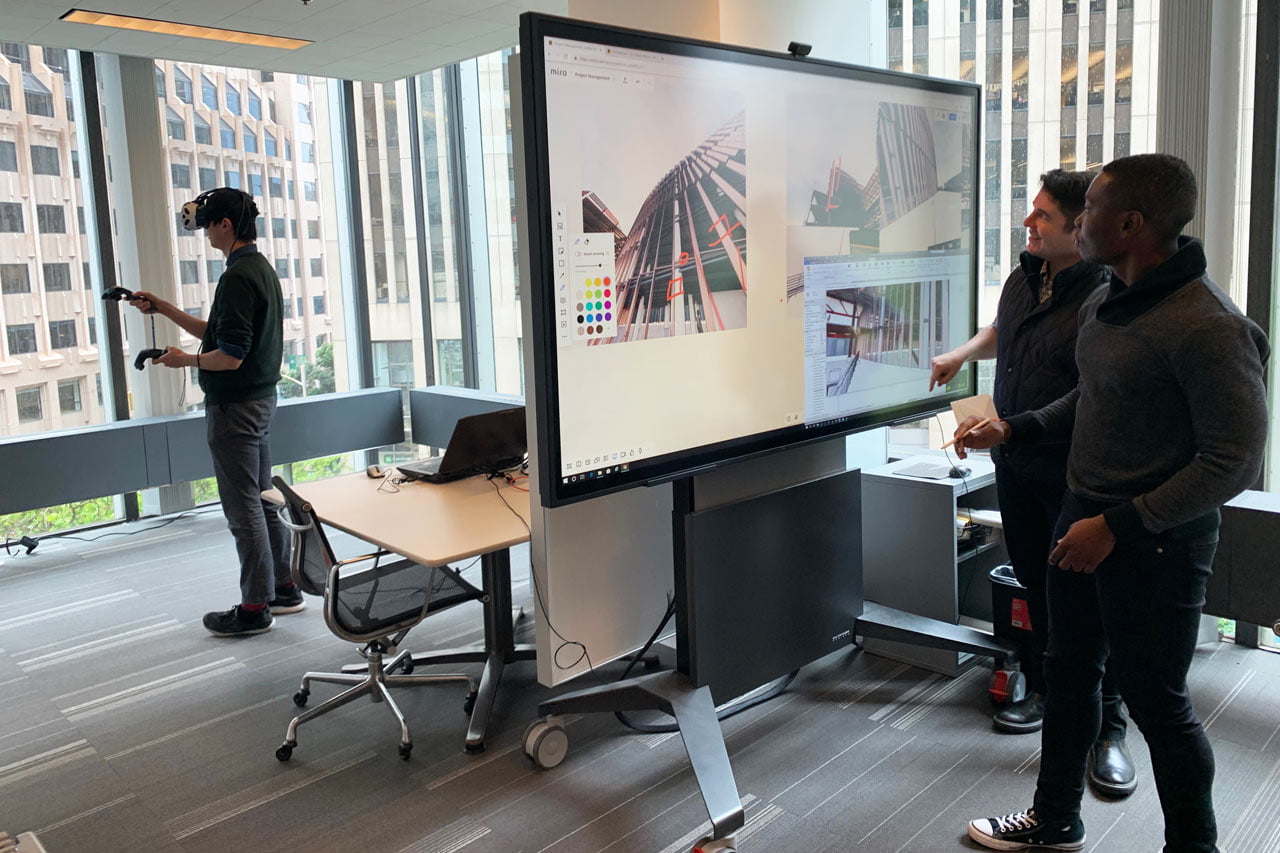Kelly Munson views herself as a problem solver more than a designer. As one of the creatives at a Minneapolis advertising agency called mono, Munson frequently relies on her background as a graphic designer to help her solve problems for such clients as Apple, Target and currently Vera Bradley. Munson’s accomplishments have landed her a nine-month appointment as the University of Minnesota’s first “designer in residence.” This week, Munson will begin her residency in which she will partner with faculty to try to bridge the gap between research and practice. She recently sat down to discuss getting away from the “churn, churn, churn” of work and the start of the school year. Some excerpts:
Q: How would you define design now?
A: Design has always been about problem solving, but for a long time, it was about layout and logos and aesthetics and fonts and colors. It still is very much about that. That’s what designers are trained in — the visual arts and visual communication. As designers started getting into web design, it’s become really broad and then you add design thinking, which has become really popular in the MBA set in the past few years. I define it now as simply solving problems with empathy and beauty. Think of architecture, think of fashion design, think of landscape design. The common core is solving problems, but they all have this aesthetic component and this human component, too. We want to make sure people feel something.
Q: What is the difference between having designers in an advertising agency vs. having separate design firms?
A: The intention is different. I think we designers used to work at a diligent, slower pace. Everything was very precious. But in agencies, things move very quickly. It’s very ad-based, whereas design is more beauty. It made sense that they would marry each other. It’s great for design to have some of these formal aesthetics attached to their work, and it’s great for design to become more conceptual.
Q: Do you ever wish you could just focus on design?
A: Well it’s what I’m comfortable with, so in a way yes. What it also does is it opens the door on what is considered design. Right now I’m leaving to go to New York tomorrow on a content-driven shoot for Vera Bradley where we are going to travel around and ask people why it’s good to be a girl.
Q: How has your design background helped you in your role today?
A: I think design teaches you how to be empathetic. You’re always looking for different ways to solve problems. Understanding that the client has a business problem that needs to be solved so maybe you don’t come at things as bullheaded as you normally would. Like “I’m going to make an amazing ad, and it’s going to be great.” Whereas if you have a more design mind, it’s more of, “I’m going to get at what your business problem is and what your fears and goals are,” and perhaps it becomes more of a partnership that way.
Q: What was it that attracted you to mono?
A: I loved the simplicity. When I first became aware of them in 2006 and 2007, they had been doing just some beautiful work. Very simple and elegant. I thought they were a design firm. So when I showed up the first day of work and it turned out they were an ad agency, it was a shock to me. … It was a little bit of an adjustment. Mono has been amazing. That’s what differentiated them from every other agency was integrating design so much so that you almost blend design firm and advertising agency.
Q: What is your role going to be at the U?
A: I’d always known of the concept of artist in residence. Those are common where you get a practicing artist to come in and they set up shop in your college or whatever. … Their job is just come in and create and inspire. I’m guessing that is my role. I’m the first designer in residence.
Q: What is something that you wouldn’t have been able to do that you hope you can explore during your time at the U?
A: I feel that designers need to do more to better society. I’ve always been passionate about the environment so I feel that it’s an interesting serendipity that the design school is on the U of M’s St. Paul campus, which is the agriculture school. A lot of the early concepting in my mind is based around can I tackle environmental issues, things like bees and bats. It seems like that’s a design problem.
Q: What do you hope to accomplish by the time you are done with your residency?
A: It’s going to sound stupid, but I want to make an impact. … I feel like there’s an opportunity to use design especially in conjunction with all the other schools at the U, whether it’s medical, environmental, agricultural. … It sounds pretty magical doesn’t it?
[Source:-Star Tribune]







